The aviation industry is a critical sector that relies on accuracy, precision, and safety. Computer vision technology is becoming increasingly popular in the aviation industry to improve operational efficiency and enhance safety measures. In this article, we will explore the role of computer vision in the aviation industry, including statistics related to its usage and benefits.
The aviation industry is a complex and demanding sector. It requires high levels of accuracy and safety. Computer vision technology is gaining traction in the industry. With an increasing number of airlines and airports adopting the technology to streamline operations and improve safety measures. In recent years, the use of computer vision technology in the aviation industry has increased, and the statistics support the benefits of this technology.
Challenges Faced by the Aviation Industry
The aviation industry is a complex and rapidly evolving industry that faces a wide range of challenges. Some of the most significant challenges include:
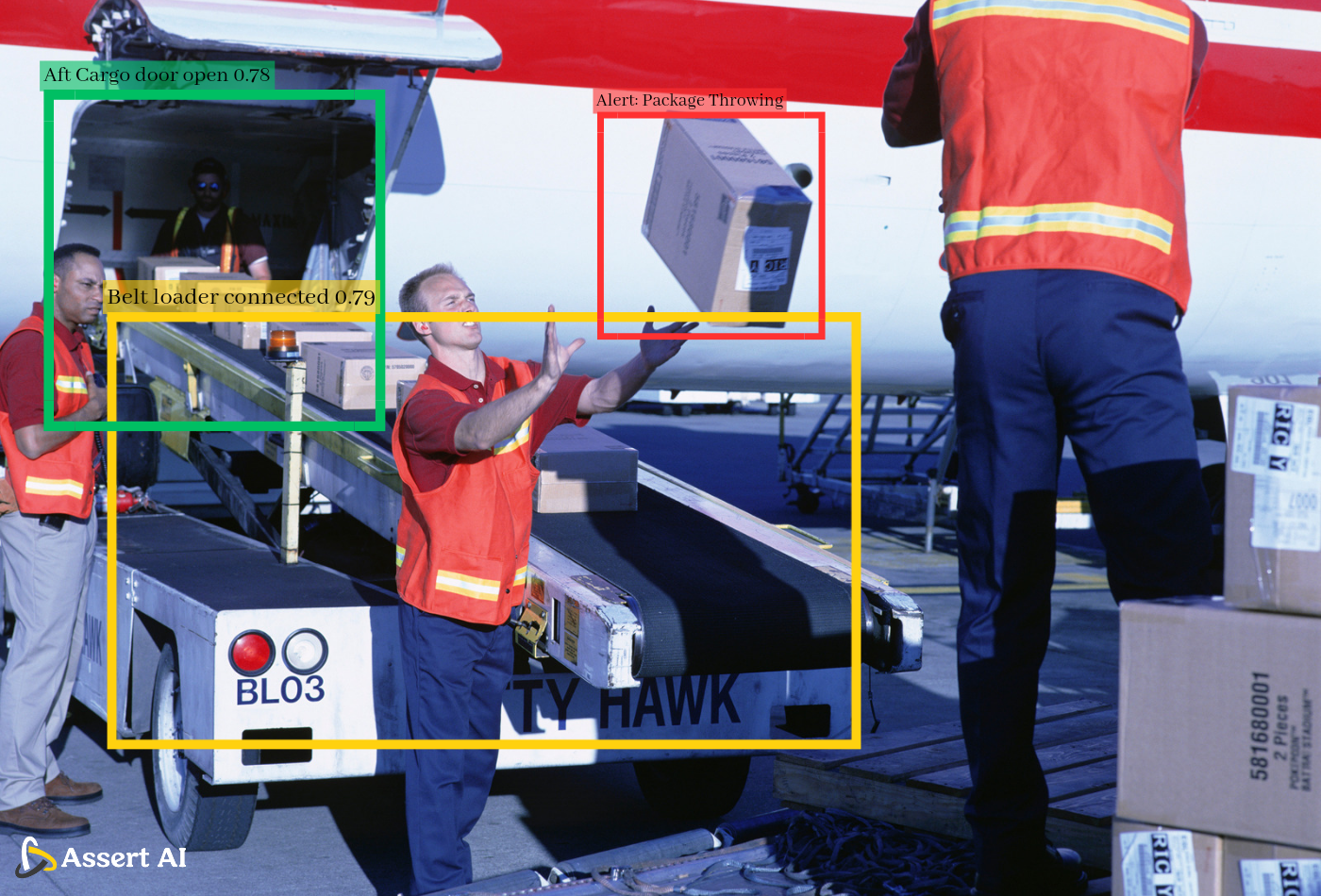
3. Cost Control: The aviation industry is highly competitive, and airlines must continuously work to reduce costs while maintaining high levels of service. Aircraft maintenance and components cost, labor costs, and airport fees can all have a significant impact on the profitability of airlines.
4. Regulations: The aviation industry is subject to a complex web of international, national, and local regulations. Compliance with these regulations done manually can be costly and time-consuming for airlines and other industry stakeholders.
Computer Vision Use Cases in Aviation industry
Computer vision technology has a variety of use cases in the aviation industry, including:
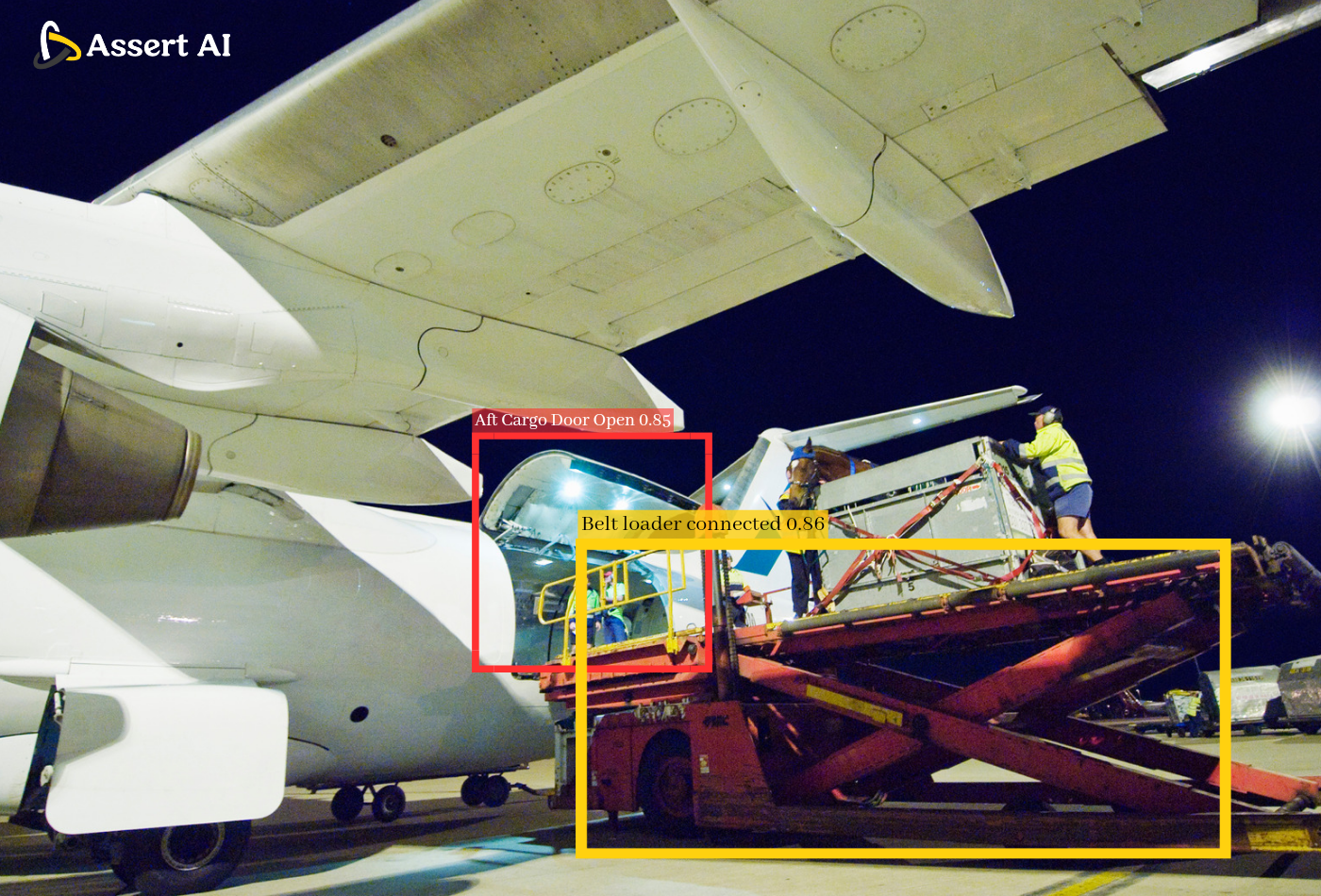
Predictive Maintenance
According to a report by MarketsandMarkets, the global market size for computer vision in the aviation industry is expected to grow from USD 1.5 billion in 2020 to USD 3.6 billion by 2025, at a CAGR of 19.7%. This growth is driven by the increasing demand for automation and safety measures in the aviation industry. Enable the detection of potential issues before they cause significant problems. Expect real-time monitoring and analysis of aircraft components, improving safety, and reducing maintenance costs. General repairs and maintenance can be done with the combination of computer vision and IoT systems. Deploy detection and analysis of potential maintenance issues to perform repairs more efficiently. It is now possible to inspect aircraft components, predict when maintenance is required, enabling timely repairs, preventing breakdowns, and reducing repair costs in the aviation industry. This not only brings a significant cost reduction, but also boosts aviation safety by multi-folds.
Security and Surveillance
The aviation sector uses computer vision and IoT technologies to enhance security and surveillance measures, detect and prevent security breaches, theft, or vandalism. This includes features like facial recognition, object detection, and monitoring of passenger behavior through cameras and sensors. These systems can detect potential threats, improve passenger flow and safety, and enable more efficient operations.
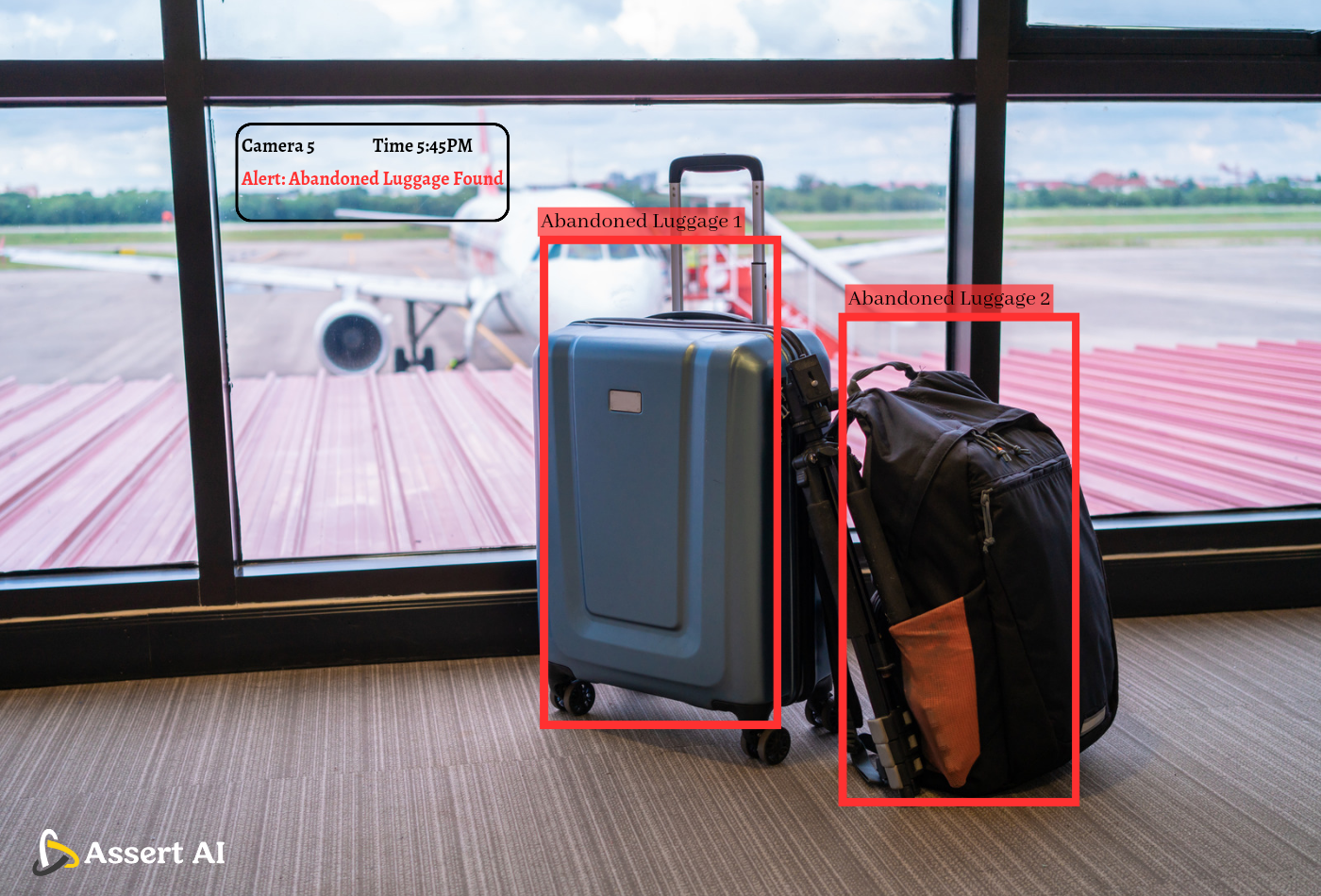
Object Detection and Recognition
Object detection and recognition using computer vision can enhance safety and security. This technology can identify and track objects in real-time, allowing for early detection of potential hazards and faster response times. It is commonly used for baggage screening, runway surveillance, and aircraft maintenance. Computer vision systems can identify and track objects, such as aircraft, baggage, and people, in real-time, enabling airports to manage operations more efficiently.
According to a report by Mordor Intelligence, the use of computer vision technology in airport operations is expected to grow at a CAGR of 12.5% from 2020 to 2025. This growth is due to the need for enhanced safety measures and the increasing demand for operational efficiency in airport operations that can be achieved through use cases like object detection, automatic cargo count, passenger tracking, and more.
Passenger Tracking
Computer vision can track passenger movements in the aviation sector, detect and analyze passenger behavior, identify potential security risks, monitor crowd density, and optimize the passenger flow. It is commonly useful in security checkpoints, boarding gates, and baggage handling areas to enhance safety and improve efficiency.
Computer Vision Challenges and Potential Solutions for Aviation Industry
Despite the many benefits of computer vision in the aviation industry, there are also challenges associated with its implementation. One challenge is the need for extensive data processing capabilities. Computer vision systems require significant amounts of data processing to identify and analyze images accurately.
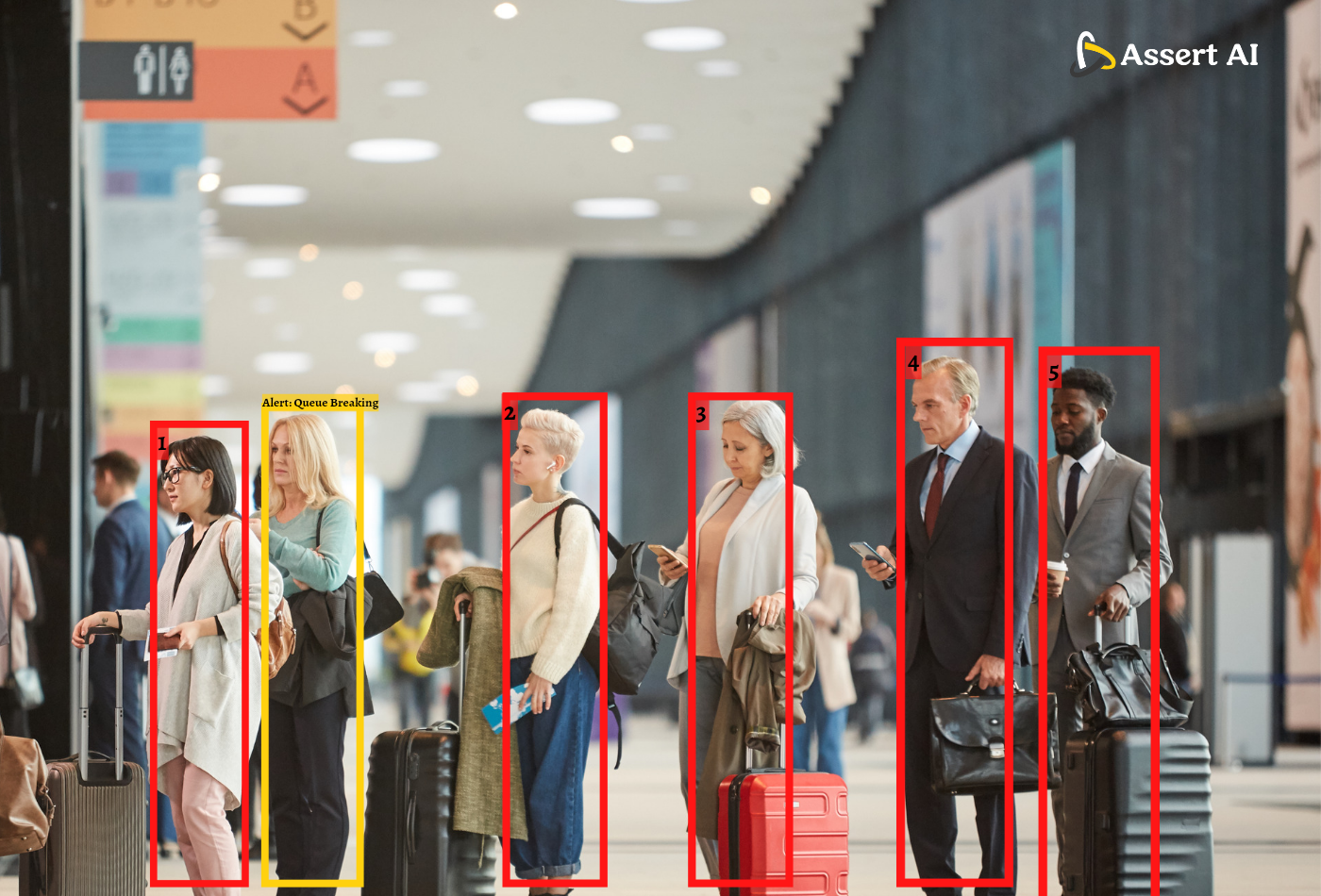
Another challenge is the need for effective integration of computer vision technology with existing systems. This integration of computer vision technology with other aviation systems can be complex and time-consuming.
Potential solutions to these challenges include the use of cloud-based systems that can handle large amounts of data efficiently. These systems can update and maintain remotely, reducing the need for regular maintenance.
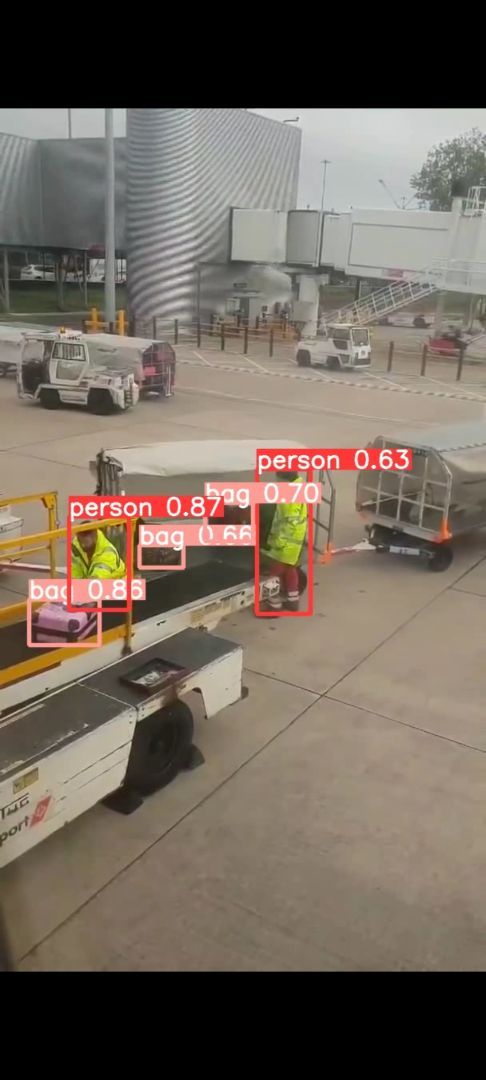
Also Read:
Advanced Intelligent Traffic and Parking Management Systems
In conclusion, the statistics support the increasing use of computer vision technology in the aviation industry. This technology offers significant benefits, including increased operational efficiency, enhanced safety measures, and cost savings. However, the implementation of computer vision technology in the aviation industry also presents challenges, such as the need for extensive data processing capabilities and effective integration with existing systems. Hence, with careful planning and implementation, computer vision technology can revolutionize the aviation industry. This would lead to improved efficiency, safety, and productivity in airport operations, aircraft assembly, and maintenance.
